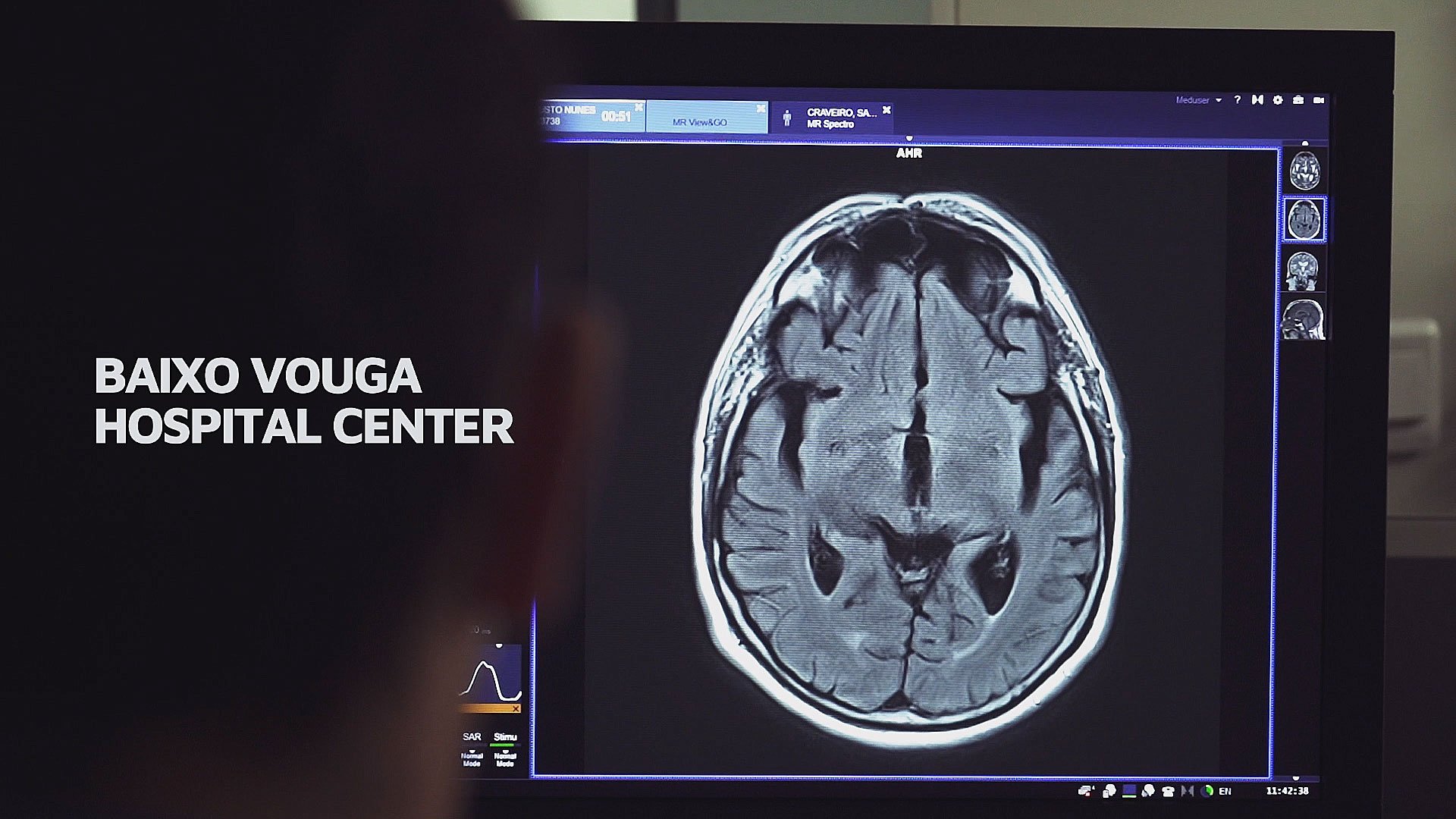How can enterprises use EO.workspace to enable cost reduction strategies?
Cost reduction can be seen as one of the top three reasons enterprises consider and abandon the idea of virtualization. Do virtual applications and desktops actually reduce costs? As a result of previous negative experiences with other solutions, this is a common question we receive from many businesses. To answer it, it’s necessary to understand the factors that enable businesses to save money when virtualizing applications and desktops.
Negative virtualization experiences are frequently the result of missteps in the sales process and project scope that misread the customer’s environment and needs. Implementation and adoption of incorrect strategies, as well as the existence of project-related issues, cause some businesses to discover, 2 to 3 years later, that the solution they had planned to reduce costs actually does the opposite. As a result, they decide to postpone or even cancel their virtualization efforts.
The harsh reality is that virtualization now accounts for almost 10% of IT software budgets (Statista) precisely because it has a track record of cost reduction. If a project is well scoped, well planned, and executed with the right technology, virtual applications and desktops can be a successful cost reduction tool in Hardware, Support & Helpdesk and Licensing.
Hardware
One of the most noticeable benefits of EO.workspace implementation is that enterprises can cut their hardware total cost of ownership (TCO) in more than half. Firstly, through the use of virtual applications and desktops, enterprises can reuse old hardware, increasing PC life cycle, which is on average between 3 to 5 years, up to more than 10 years.
One of our clients, with a call center operation, managed to reduce the time it took employees to start working from 4 minutes to less than 30 seconds, whilst keeping their 6 years old computers. This was possible by reusing this hardware to provide access to the virtualized applications. Making a better use of that existing hardware, allowed them to increase PC life cycle, and their employee’s efficiency. With over a thousand employees, this customer was able to save not only a significant amount of money but also time.
Many of our clients use Chromebook or even Raspberry Pi to access their applications and desktops via EO.workspace, without impacting user experience.
Secondly, since all applications run on a remote virtual environment, cheaper devices can provide, and most of the times enhance, access without neither losing quality nor performance. The computing capacity of these devices is no longer critical because users are working in applications running on a remote virtual environment. Many of our clients use Chromebook or even Raspberry Pi to access their applications and desktops via EO.workspace, without impacting user experience.
Support & Helpdesk
Not many companies realize that a virtual application and desktop solution has a significant impact on the workload of IT departments. Despite being perceived as a less important outcome, support and helpdesk teams report a 70% decrease in requests (such as printing setups, backups, Antivirus, Office versions and integration, etc.) after using application and desktop virtualization. This happens because it is easier to manage a single, contained, well defined environment that every user accesses, than a different device for every user.
Furthermore, data, settings, and applications are stored on EO.workspace servers (on premises, cloud, or hybrid: you choose), making it easier for IT departments to manage application access and permissions which then consequently frees their time and allows them to focus on critical projects.
Licensing
Did you know that many enterprises don’t have control over licensing at every level and have no idea how much they are spending on it? We frequently discover an unnecessary waste of money in licenses that businesses pay due to a lack of visibility and application delivery flexibility.
In fact, 100% of organizations with 30,000 – 100,000 employees think that they are over licensed and losing money with nearly 20% stating that they are ‘very over-licensed’ (Thompson). Licensing costs can be reduced by analyzing how and where money is spent, as well as what applications users truly require, in order to better manage it.
For example, EO.workspace delivers Windows and Linux applications to end users in the same integrated environment. This allows enterprises to better manage licensing and profile users with the applications they need for each role independently of the operating systems used.
One of our clients uses EO.workspace to leverage the best approach for this seamless Windows & Linux world: SAP users were divided into groups according to their use and needs, with some having access only to SAP GUI for Java in Linux, reserving SAP Windows Client for power users. The customer was able to decrease their licensing costs by more than half.
In Perspective
The graph below compares the total costs of ownership (TCO) of a traditional desktop, virtual application and desktops and an EO.workspace solution. When we consider hardware, support and helpdesk, and licensing (not including the licensing for the virtual application and desktop solution), we can see that virtual application and desktops enable a 31% cost reduction in comparison to a traditional desktop, while EOworkspace’s enhanced cost reduction features enables an even greater 63% reduction.
Total Cost of Ownership
Hardware+Support+Licensing
Additionally, when having in consideration the virtualization platform licensing, infrastructure and management, the OPEX and CAPEX of competitors like Citrix or VMware Horizon is proven to be double of an EO.workspace architecture TCO. Our solution will help your company to cut current IT costs and help position it strategically for present and future growth.
Do virtual applications and desktops really reduce costs? The answer is YES!
Overall, virtual applications and desktops can help reduce costs significantly, especially when combined with the right solution and planning. Businesses can achieve significant cost-cutting objectives with EO.workspace.





